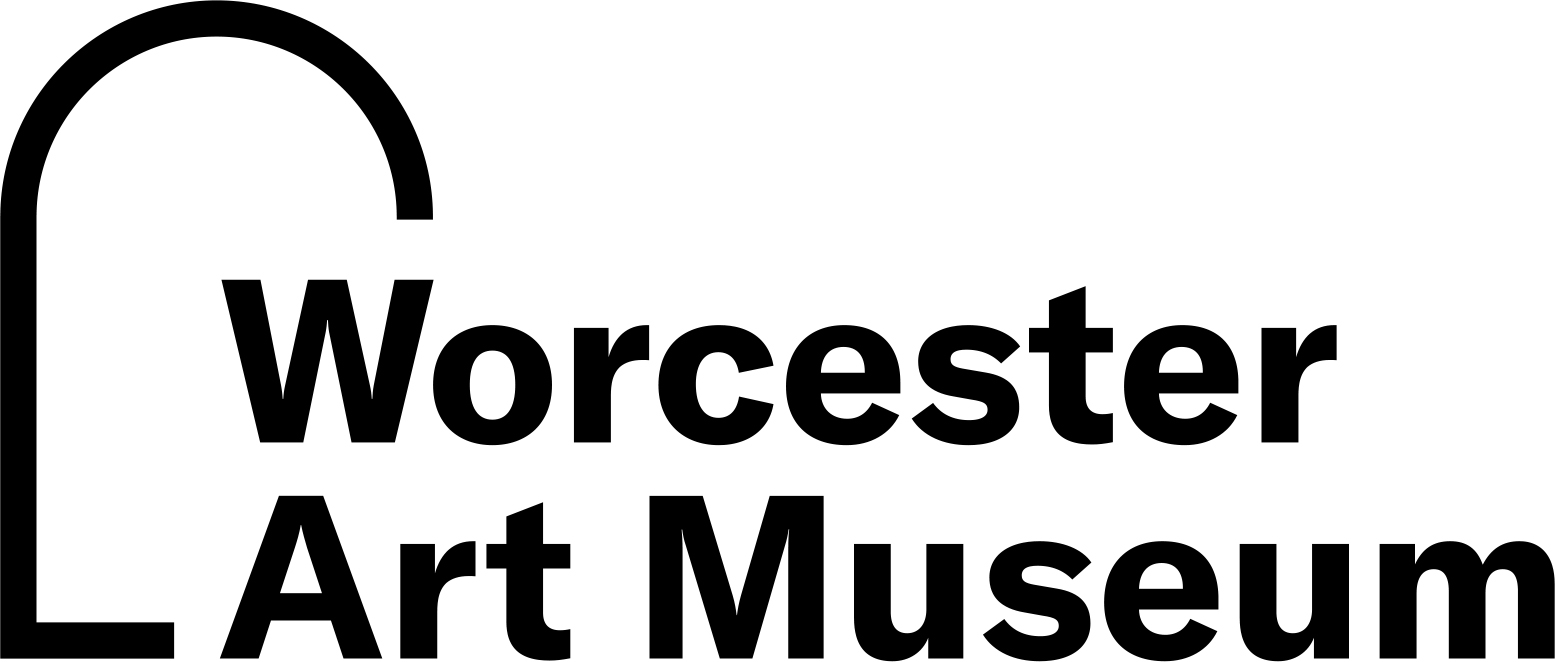Candlestick
Artist
Unknown
Datelate 13th century
Creation PlaceWestern Iran
MediumBronze; inlaid with gold and silver
Dimensions20.9 x 19.4 cm (8 1/4 x 7 5/8 in.)
ClassificationsMetalwork
Credit LineMuseum Purchase
Object number1949.16
DescriptionEquestrian figures of falconers and attendants, above figures of seated ladies and birds.Label TextMetalwork has long been a prestigious form of applied art in the Near East. in the 12th century, metalworkers of Eastern Persia decorated their bronze vessels with engraved animal figures and vegetal ornament, and it was they that began to inlay these objects with precious metals. The inlay technique spread Westward duringthe next century and was used with great virtuosity in the workshops of Mesopotamia, Syria, Turkey, and Egypt. The inlaid decoration of objects such as the Turkish candlestick typically includes figural scenes of princely life coupled with calligraphic good wishes. On the candlestick made for a Mamluk official in Egyot, the Cup Blazo, or the emblem of his cupbearer's rank, replaces figural imagery. Monumental Arabic script compleely dominates the ornament of the Persian candlestickand wishes "To its owner, happiness and spiritual immunity and long life, so long as the dove may coo."ProvenanceJoseph Brummer Estate, Parke-Bernet Galleries, New York, NY
On View
On viewCurrent Location
- Exhibition Location Gallery 106









